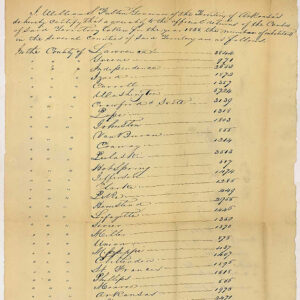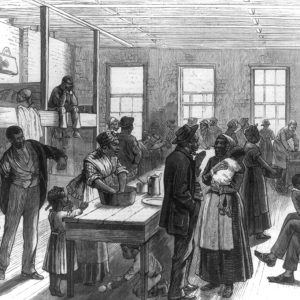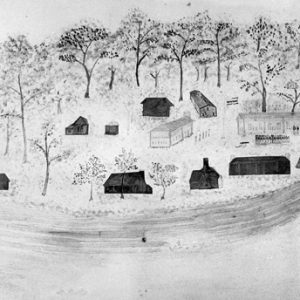Entry Category: Overview
Agriculture
 Arkansas Territory Census for 1835
Arkansas Territory Census for 1835
Arkansas’s Regional Identity
Arts, Culture, and Entertainment
 Awaiting Passage to Liberia
Awaiting Passage to Liberia
Business, Commerce, and Industry
Civil War through Reconstruction, 1861 through 1874
Divergent Prosperity and the Arc of Reform, 1968–2022
Early Twentieth Century, 1901 through 1940
Education, Elementary and Secondary
Education, Higher
Environment
European Exploration and Settlement, 1541 through 1802
Folklore and Folklife
Food and Foodways
 Fort Smith in 1836
Fort Smith in 1836
Geography and Geology
Health and Medicine
Historic Preservation
Law
Literature and Authors
Louisiana Purchase through Early Statehood, 1803 through 1860
Mass Media
Military
Native Americans
Politics and Government
Post-Reconstruction through the Gilded Age, 1875 through 1900
Pre-European Exploration, Prehistory through 1540
Recreation and Sports
Religion
Science and Technology
Tourism
Transportation
 Victory Parade
Victory Parade




